
Echinacea has been one of my favorite herbs for supporting the immune system during cold and flu season. Its ability to stimulate the white blood cells in order to fight off infection and viruses is second to none, making it one of my must-have herbs to have on hand in my herbal medicine cabinet. I often make tinctures for the coming winter months that I can take by the dropper or add to tea.
I've really come to rely on echinacea over the years for its immense healing qualities, and I think you will too.
The Benefits and Properties of Echinacea
Botanical Name: Echinacea angustifolia, Echinacea purpurea, Echinacea pallida
Family: Asteraceae (Aster/ Daisy family)
Common Name: Purple coneflower, Rudbeckia, Kansas snakeroot, hedgehog, Black Sampson
Etymology: The common and genus name of Echinacea derives from the Greek word echinops, meaning “hedgehog” in reference to its stiff bristly flowers. The species names are derived from Latin, augustifolia meaning “narrow leaves”, pallida meaning “pale”, and purpurea meaning “purple” in reference to its flowers.
Parts Used: Whole plant, flowers, roots, rhizomes, seeds, and leaves
Flavor: Pungeant, bitter
Energetics: Cooling (best used for those with signs of heat)
Affinity/Systems Affected: Lungs, stomach, liver
Moisture: Drying
Polarity: Yin
The Benefits and Properties of Echinacea
Echinacea works in a myriad of ways, some of which have only recently come under the light of modern science. Perhaps one of the most interesting workings of Echinacea is its ability to “devour” invasive microorganisms, pathogens, bacteria, damaged and old cells, and other cellular debris from the body by literally engulfing them, and eating them. This immune response is known as “phagocytosis” and is one of Echinacea’s key methods in ridding the body of illness.
Physiological Effects: Alterative, anodyne, antibacterial, anticatarrhal, antifungal, anti-inflammatory, antioxidant, antiseptic, antitumor, antiviral, astringent, carminative, depurative, diaphoretic, digestive, febrifuge, immunostimulant, sialogogue, stimulant, vulnerary.
Therapeutic Uses of Echinacea
• Internal Uses
o Clears up chronic infections
o Works well at healing skin ailment, fungal infections, and wounds.
o Curbs chronic fatigue syndrome
o Very useful in the early stages of colds and flu
o Very effective against respiratory infection
o Effective against all types of inflammation
o Stimulates the immune system
• External Uses
o Effective in healing skin ailments like herpes, acne, eczema, psoriasis, and infections
o Works well as a gargle for gingivitis and sore throats
o Heals wounds, ulcers, burns, and inflammation
o Anti-aging
Aromatherapy Uses: N/A
Echinacea Plant Preparations/Medicinal Uses
Echinacea Infusion
One of the easiest ways to prepare Echinacea is by making it into an infusion (or a strong tea). All you have to do is put 1-2 teaspoon of dried Echinacea into about 8oz of boiling water and steep for 15 minutes (I like to use a french press for this). Sip slowly at the first signs of a cold.
There is good evidence that shows that Echinacea strengthens the immune system against viruses and colds, so be sure to get your hourly intake when sniffles make their appearance. Doing this will ensure that your white blood cells make it to the virus quickly so that they can take care of colds fast!
Learn how to make an herbal infusion here.
Echinacea Tincture
The most effective way to take Echinacea is in tincture form. This method allows for the absorption of both water and alcohol soluble constituents, therefore improving its ability to treat colds and flu.
The standard dosage for Echinacea tincture when you’re sick is a dropperful every 2-3 hours. If you feel the beginnings of a cold coming on, take 1 teaspoon of Echinacea tincture every 2 hours for up to 12 hours. If there is no improvement, go ahead and start taking the standard 1 dropperful every 2-3 hours until symptoms disappear.
Echinacea Poultice
If you’ve got some fresh Echinacea growing in your garden, a spit poultice is an easy, fast, and quite effective remedy for rashes, bug bites, skin eruptions, cuts, and scrapes. You’ll be surprised by just how well this works! Not to mention how zingy tingly your mouth will begin to feel (the true sign of high-quality Echinacea by the way!).
The second way I’ve made a poultice with Echinacea is by using its tincture form, 1 dropperful diluted in 3 dropperfuls of water. Add this mixture to some bandages (gauze) or mix with bentonite or French green clay and apply it to the affected area.
Contraindications: Ingesting too much Echinacea can cause nausea, sore throat (irritation or scratchy feeling), excessive salivation, dizziness, and in rare cases, an allergic reaction. People with autoimmune diseases should take care when considering the use of Echinacea.
Learn how to make an herbal poultice here.
Cooking/Edible Uses of Echinacea
Echinacea Bouquet Garni
One easy way to incorporate more Echinacea into your diet when you’re feeling under the weather is to add it to homemade soups, broths, and teas. The easiest way for me is to throw in a whole fresh flower head into some homemade bone broth that’s been simmering away or add some of the roots to a bouquet garni. If you don’t have fresh Echinacea on hand, you can certainly use the dried version in a little reusable cloth bag for easy straining.
Echinacea Smoothie Powder
Boost your daily smoothie a bit more by adding 1 teaspoon Echinacea powder when sick or when you just need a pick-me-up. You’ll not only get loads of essential vitamins, minerals, enzymes, and other vital nutrients you’ll also be boosting your immune system. So drink up!
Precautions and echinacea side effects: Not suitable for those with autoimmune diseases or compromised immune systems. Not recommended during pregnancy or nursing.
Have you ever used echinacea for cold and flu care? Please share in the comments below!
You may also enjoy reading:
The Benefits of Elderberry
The Benefits and Properties of Lavender
Natural Cold Remedies – The Healing Power of Ginger
How to Make Cottonwood Tincture
Essential Oils for Boosting The Immune System & Fighting Cold and Flu
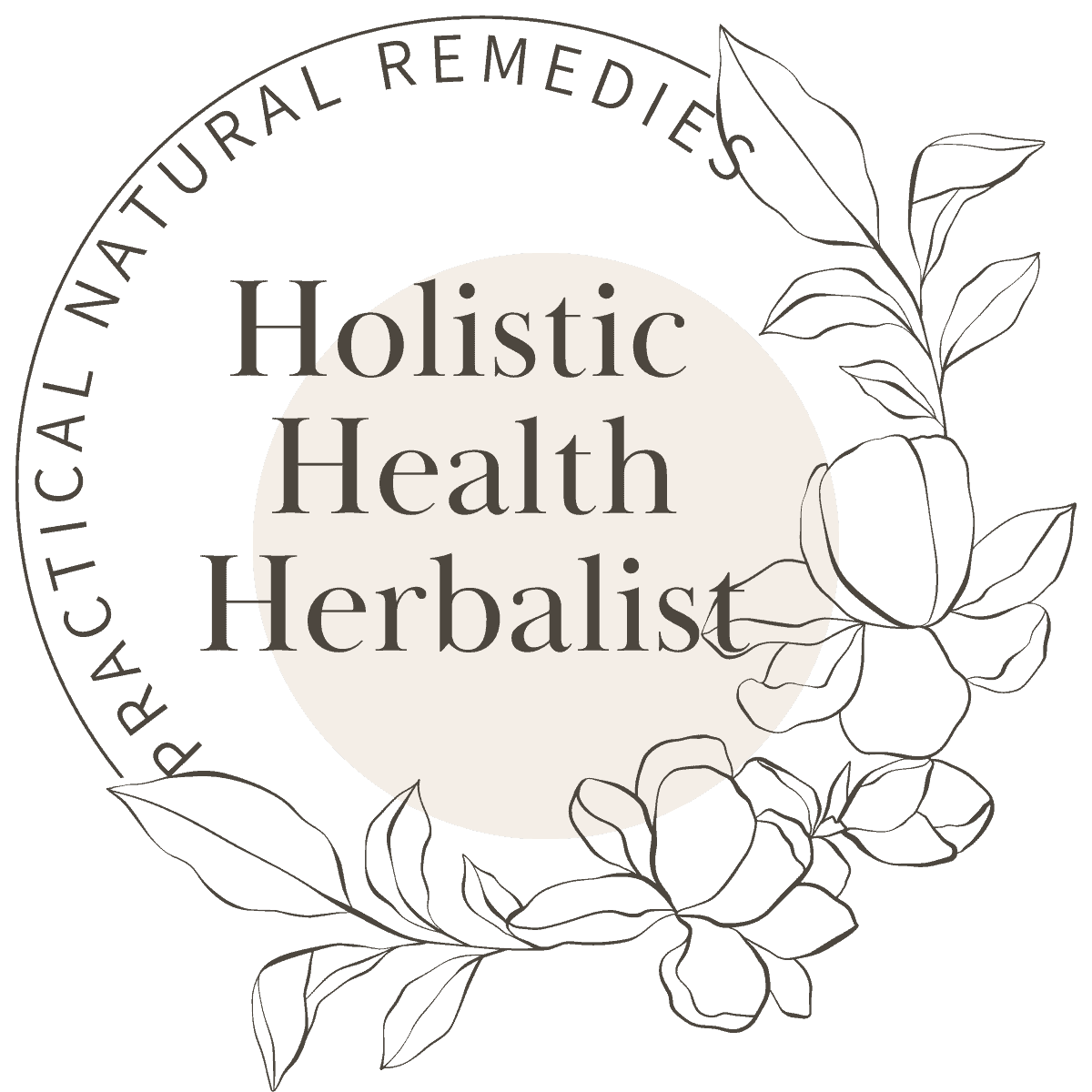

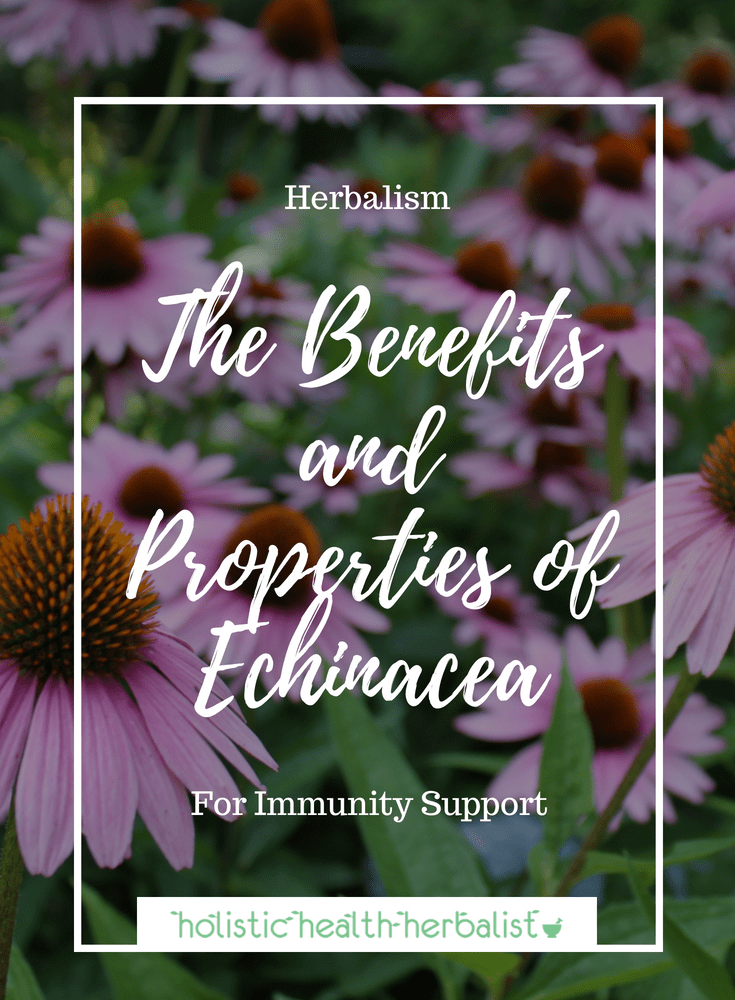

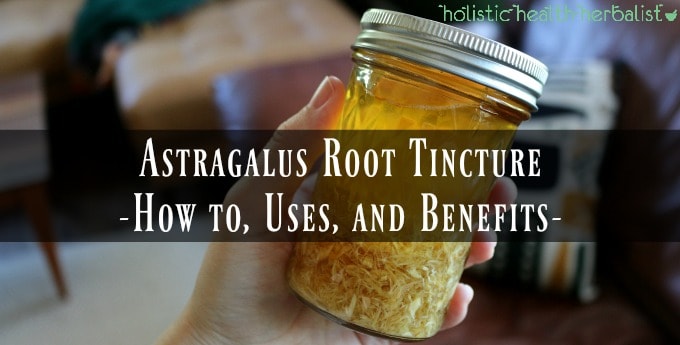
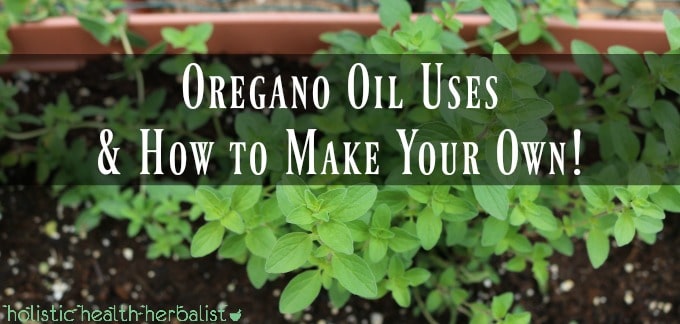
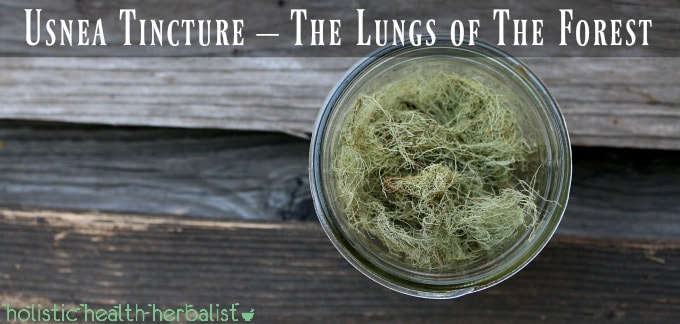
Cynthia says
Why can’t people with autoimmune problems use it?
Emma says
Hi,
Great read. You say externally useful for skin ailments. Can you tell me how to apply when in the tincture form, dilute or as is?
Thanks
Tash says
I would test mixing the tincture with equal parts water and see how that feels 🙂 Putting it straight on is fine but it will burn!
Bilal says
Hi Tash.... Amazing work....I was searching for a temperature of echinecea over the internet but you are the only one who has written this.... Awesome! Have you written such essays on other herbs as well?
Tash says
Hi Bilal!
I've been meaning to write more essays, but haven't gotten around to it just yet. I DO plan on writing more though!